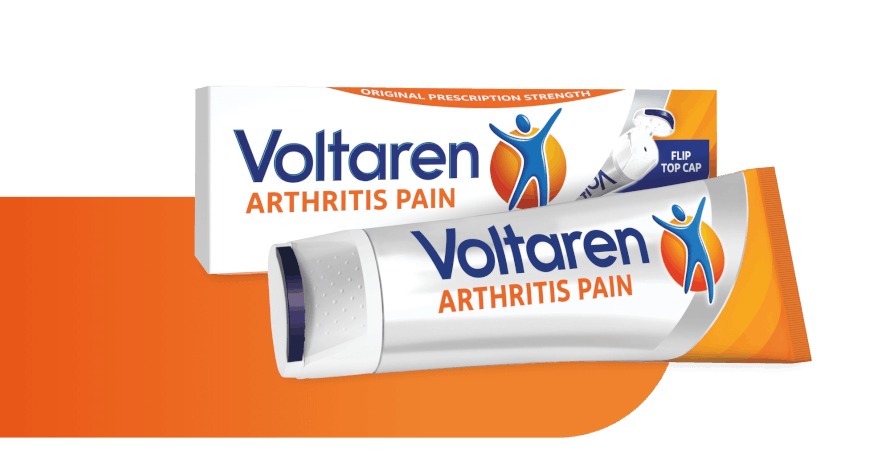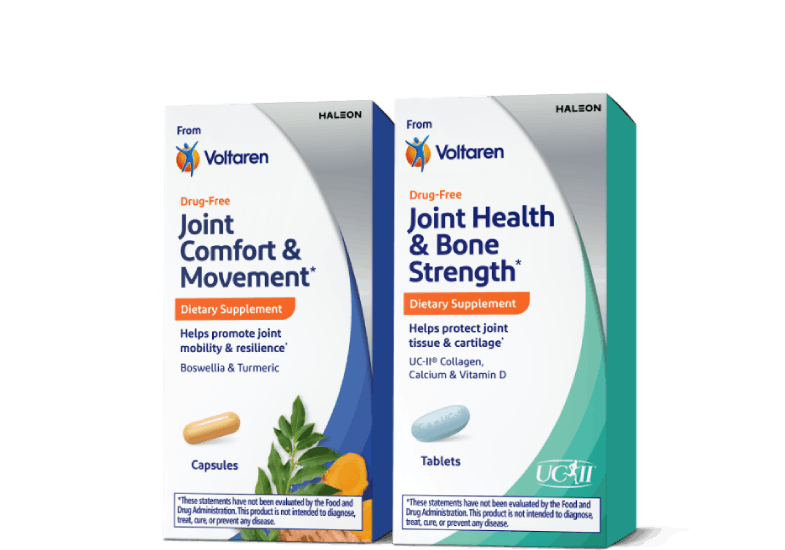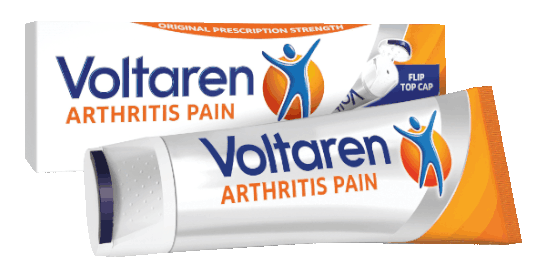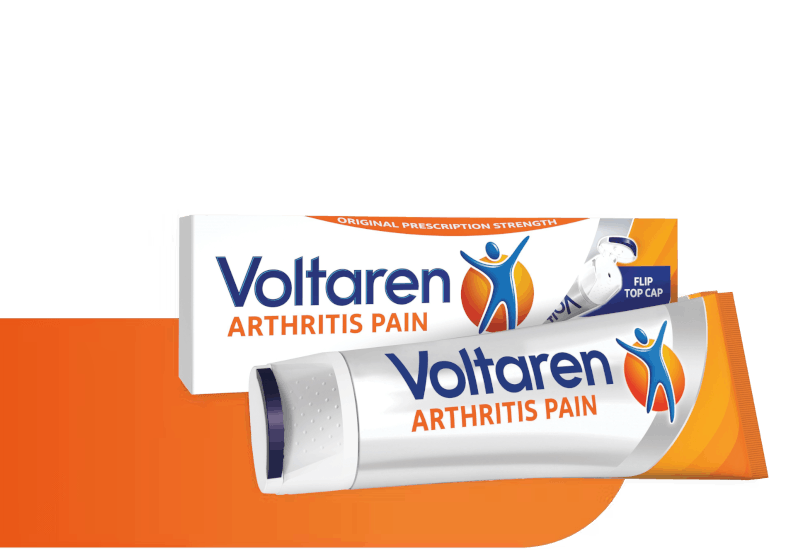Ankle Arthritis Symptoms
/ankle-arthritis-symptoms.jpg?auto=format)
If you’ve recently noticed a change in the way you walk and localized pain in your ankle, you may be experiencing the first signs of arthritis in the ankle. Oftentimes when we hear about arthritis in the body, we think about the knees, hips, and hands. In fact, arthritis in the ankle is five to 10 times less likely to occur than arthritis in larger joints such as the hips and knees.i While not as popular, arthritis in the ankle can certainly take a great toll on your ability to move around comfortably and pain free. Below we cover ankle arthritis symptoms, the types of arthritis that can affect the ankle, and how to ease some of your symptoms.
What Kinds of Arthritis Affect the Ankle?
Arthritis is a medical condition that causes inflammation in the joints and can lead to stiffness and pain.ii There are three major types of arthritis that can affect the foot and the ankle: osteoarthritis, rheumatoid arthritis, and posttraumatic arthritis.
- Osteoarthritis: this form of arthritis is caused by wear and tear on the joints. The cartilage in the joint wears away, causing the space between the bones to diminish. As a result, bone can rub on bone and produce painful bone spurs.iii
- Rheumatoid Arthritis: this type of arthritis is considered a chronic autoimmune disease and can affect multiple joints all over the body. In most cases, rheumatoid arthritis is symmetrical, which means it affects both parts of the same joint on both sides of the body. Sufferers of rheumatoid arthritis experience serious joint disability with time.iv
- Posttraumatic Arthritis: this is a form of arthritis that develops after an injury to the ankle, such as a fracture. The joint surface becomes damaged and causes cartilage between joints to wear away over time.v
Symptoms of Ankle Arthritis
There are a few key symptoms to monitor if you believe you are experiencing arthritis in the ankles. They are as follows:
- Pain when you move or after high intensity activity
- Pain and tenderness to the touch
- Any visible redness, swelling, or warmth
- Challenges with physical activity or after long periods of time being stationaryvi.
If you’ve experienced any of the above symptoms, consult with your physician to further discuss what you have been feeling to understand your options moving forward. Your physician will ask when the pain began, what exacerbates the pain, and how you have managed it thus far. In order to conclude whether or not you are suffering from ankle arthritis, your physician may take a blood test to measure inflammation in the body, or use X-rays to determine if there is any joint damage.vii.
Treatment Options
While there is no cure for ankle arthritis, there are several treatment options to help with pain management and overall ankle function. Below we will consider medication as well as natural remedies for ankle arthritis.
- Non-steroidal anti-inflammatory drugs (NSAIDs): over-the-counter oral NSAIDs such as Advil may help relieve pain in the joints. There are also topical NSAIDs such as Voltaren
- Arthritis Pain Gel, which is used to relieve pain from osteoarthritis.
- Ice and heat: heat and ice therapy can be wonderful options for pain management. Heat therapy can help soothe the local area and ice can help numb and reduce inflammation.
- Oral corticosteroids: this treatment is often used for sufferers of rheumatoid arthritis and gout to manage arthritis flares.
- Injectable steroids: while frequent steroid injections can damage cartilage over time, infrequent shots can help reduce inflammation and pain. No more than three injections are usually recommended per year.
- DMARDs (Disease-modifying-anti-rheumatic-drugs): these are immune-modifying drugs that target immune system chemicals and pathways to change the course of diseases. These are only used to treat inflammatory arthritis such as rheumatoid arthritis.
- Maintain a healthy diet: Due to pain flares, people suffering from arthritis tend to become more stationary, leading to the inability to exercise. Eating a healthy diet and maintaining a stable weight can help alleviate the pressure on your joints.
- Supportive Shoes: investing in a good pair of shoes is a wonderful way to support your joints and ankles. Reduce the amount of high-impact activity and invest in shock-absorption technology to give your feet and ankles a rest.viii.
We hope this information on ankle arthritis symptoms and treatments helps you manage your discomfort and concerns. While ankle arthritis can be difficult, rest assured you are not alone in your experience. Be sure to visit the Voltaren site for more information on how to manage arthritis pain, practice a healthy lifestyle with arthritis, and alleviate your symptoms.
Related Articles

How to Relieve Arthritis Pain
You can take control of symptoms in a few ways: by exercising daily, eating healthy, and using hot or cold packs. Taking these lifestyle tips into consideration can help make life a little easier.

The Effects of Aging on the Body
Just because your body is aging, it doesn't mean you can't feel young! Learn the effects of aging on the body and what exactly you can do about it.
See How Voltaren Can Help
Save Money on Your Next Purchase.
Feel The Joy Of Movement
No matter the day, the hour, or what you’re doing, embrace the joy of movement with the help of specialized products from Voltaren: powerful gel for arthritis pain † or drug-free, dietary supplements for healthy joints.*

For Arthritis Pain Relief

For Healthy Joints*
†Use as directed. Voltaren is approved for treatment of arthritis pain.
Dietary supplements from Voltaren are not intended to treat arthritis pain.
*These statements have not been evaluated by the Food and Drug Administration. These products are not intended to diagnose, treat, cure or prevent any disease.



